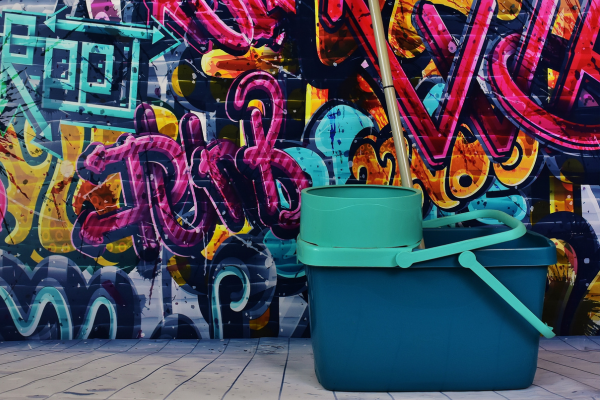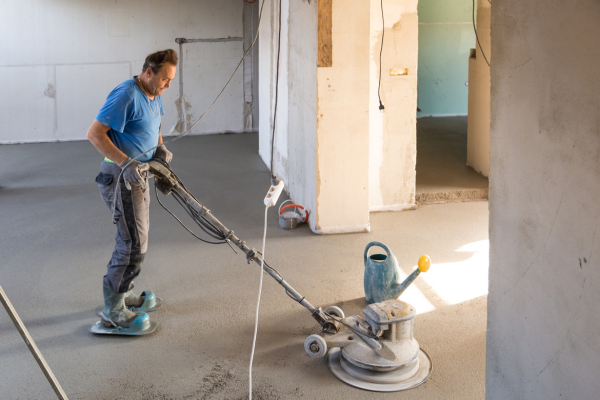Building fires are devastating events that can wreak havoc on lives and livelihoods. The destructive force of a fire not only poses an immediate threat to the safety of individuals but also has the potential to erase years of hard work and investment in a matter of moments.
From faulty wiring and electrical issues to human error and natural disasters, the causes of building fires are diverse and often unpredictable. The aftermath extends beyond the burnt remains, impacting families emotionally and financially.
Prevention and preparedness become paramount in mitigating the risk of building fires.
Common Causes of Building Fires
Building fires can be caused by a variety of factors, and understanding these common causes is essential for preventing and mitigating risks. Some of the main causes of building fires include:
Electrical Issues: Faulty wiring, overloaded circuits, and electrical malfunctions are significant contributors to building fires. Outdated or damaged electrical systems can lead to sparks and overheating, igniting nearby combustible materials.
Cooking Accidents: Unattended cooking, grease fires, and kitchen mishaps are frequently the cause of residential fires.
Heating Appliances: Room heaters and other heating equipment can pose a fire risk if not properly maintained. Malfunctions, overheating, or proximity to flammable materials can lead to fires.
Smoking Materials: Improper disposal of smoking materials can ignite fires, especially in residential settings.
Flammable Liquids: Improper storage and handling of flammable liquids, such as gasoline, paint, or cleaning solvents, can result in fires. These substances should be stored in well-ventilated areas away from heat sources.
Appliance Malfunctions: Malfunctioning appliances, such as refrigerators, dryers, and air conditioners, can generate sparks or overheating, leading to fires. Regular maintenance and prompt repairs are essential for preventing appliance-related fires.
Candles and Open Flames: Unattended candles or the use of open flames without proper precautions can quickly escalate into a fire. It’s crucial to keep candles away from flammable materials and to extinguish them when leaving the room.
Arson: Intentional acts of arson, where someone deliberately sets fire to a building, are unfortunately a common cause of fires. Adequate security measures can help deter such criminal activities.
Human Error: Accidents, mistakes, or negligence can also contribute to building fires. It’s important to educate occupants about fire safety practices and promote a culture of awareness and responsibility.
What to Do After a Fire?
No one wants to ever have to deal with a building fire, but unfortunately, it does happen. Knowing what steps to take after a fire incident at your home or workplace can make the process a lot easier and take a lot of stress off your shoulders.
There are a number of steps you need to take after there has been a fire in your building.
There’s a good chance that you would have already called the emergency services when you noticed the fire, however, if it was a small fire that you were able to put out with an extinguisher or fire blanket you may not have needed them. If emergency services didn’t attend, it is a good idea to give them a call as they will be able to secure and clear the property for you.
Before the fire fighters have checked the property out, you should ensure that everyone stays out of the property and doesn’t re-enter until it has been deemed safe to do so by the fire brigade or the police.
If the structure is deemed safe to enter, consider boarding up windows and doors to prevent further damage. If you are unable to reside or work at the property, you should look at ways to prevent vandalism while you are unable to be at the property.
In the meantime, you should contact your insurance company to report the fire and start the claims process. This can be a time-consuming process, and there may be steps your insurance company requires you take, so getting it done as early as possible is important.
Documenting the Damage
It is important to have structural damage assessed and there is a good chance that your insurance company will arrange for this to happen. They will look for signs of damage including cracks, warping, compromised supports and water damage.
While awaiting an assessor from the insurance company to arrive, you should take photos and videos of the property, both inside and out, to document the extent of the damage. You should also be making a list of all the damaged and salvageable items to assist with your insurance claim.
Once you have photos, videos, a list of damaged items and any reports from emergency services who attended, you should pass these onto your insurance company so they can be added to your claim.
Assessing the Damage for Restoration
If the damage to your property is extensive enough to require restoration work, it is essential to hire a professional to assess the extent of damage and develop a plan for restoration.
Smoke and water can often be just as destructive as the fire itself – items can become contaminated with smoke, while the water from firefighting efforts can damage those soft furnishings. It is important to use a professional cleaning and restoration company who has experience in cleaning and restoring your building to its pre-fire condition. This includes removing that lasting smoke odour and any soot or smoke damage to carpets and other furnishings.
As part of this assessment, and once your property is able to be occupied again, you should have an experienced electrician and plumber expect all gas, water, electrical and HVAC systems before you use them again.
Temporary Housing
If your home is uninhabitable (or your work building) you will need to arrange for temporary housing while the restoration process takes place. For businesses, you may be able to arrange for your team to work from home or from another office. It is essential to talk to your insurance company in this situation, as you may find that you have temporary housing covered under your insurance policy.
How is a Building Cleaned After a Fire?
Cleaning a building after a fire is a complex and thorough process that involves several steps to ensure safety, eliminate smoke and soot damage, and restore the structure to a habitable and functional state. The specific procedures may vary based on the extent of the fire damage, the type of materials burned, and the building’s construction.
Cleaning work takes place after all assessments have been completed.
Ventilation: The building is ventilated to reduce smoke odour and improve air quality. Fans and other ventilation equipment may be used to facilitate the removal of smoke and soot particles.
Removal of Debris: All debris, charred materials, and damaged items are removed from the building. This includes disposing of items beyond repair and cleaning salvageable items.
Soot and Smoke Damage Cleanup: Surfaces are cleaned to remove soot and smoke residues. This involves specialised cleaning agents and techniques depending on the type of material and the extent of damage. Walls, ceilings, floors, and other surfaces are thoroughly cleaned to eliminate smoke odour and staining.
HVAC System Cleaning: The heating, ventilation, and air conditioning (HVAC) system may have been affected by smoke and soot. Cleaning or replacing filters and cleaning ducts is essential to present the circulation of contaminated air.
Odour Removal: Odour removal is a crucial step in the cleaning process. Specialised techniques such as ozone treatment, thermal fogging, or using deodorising agents may be employed to neutralise and eliminate lingering odours.
Structural Repairs: Structural repairs are undertaken to restore the building to a safe and functional condition. This may involve repairing or replacing damaged walls, flooring, and other structural components.
Repainting and Finishing: Surfaces that have been cleaned or repaired may require repainting or refinishing to restore their appearance. Specialised paints or finishes may be used to seal in any remaining odours.
A final inspection is conducted to ensure that all cleaning and restoration work has been completed to a satisfactory standard. Building codes and safety standards are taken into consideration during the inspection.
Implementing preventative measures to reduce the risk of future fires, such as updating fire safety systems, installing smoke detectors, and conducting regular inspections is a worthwhile consideration.
It’s important to note that cleaning after a fire is a task best left to professionals, as they have the expertise, equipment, and knowledge to handle the complexities of fire damage restoration safely and effectively.
The aftermath of a fire can be emotionally and physically challenging. Seek support from friends, family, and mental health professionals if needed.
Western Australia’s Leading Surface Cleaning Company
If you’ve experienced a building fire, it’s important to ensure you entrust the restoration of your building to an experienced and knowledgeable team. With nearly 30 years in the business, FCT is trusted and relied upon by government contractors for schools, shires, community buildings and police departments and is the preferred contractor for smoke/fire damage cleanups for insurance companies.
If you’ve experienced a building fire and need surface cleaning and restoration works, we’d love to help you out.


